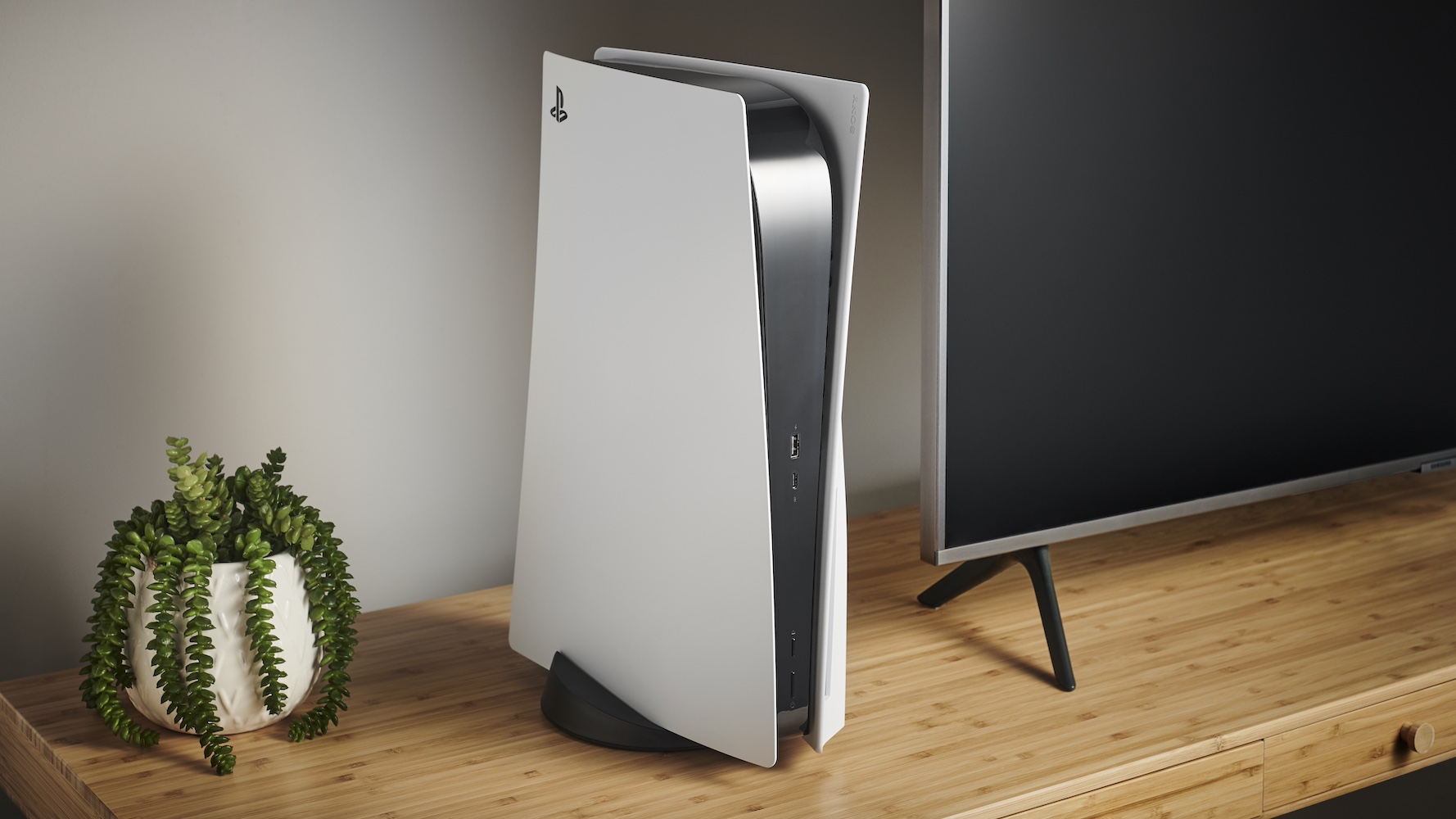JAPAN: Sharp unfazed by prospect of LCD competition from newly-formed Japan Display
Company sticks with plan to go it alone, despite potential size of Hitachi/Sony/Toshiba alliance


Despite predictions that the new Japan Display alliance of Hitachi, Sony and Toshiba could steal its market leadership in the small- to medium-size LCD panel market, Sharp – the global leader in the sector – seems unperturbed by the formation of the new company.
Commenting on the news that the three had agreed to merge their operations under the guidance of investment company INCJ, and would be buying Panasonic's LCD TV panel in Mobara to convert it to making tablet and smartphone displays, Sharp President CEO Mikio Katayama (pictured) said only 'Oh really?'.
Analysts predict that Japan Display could corner 22% of the small/medium LCD market, based on the current shares of the three participating manufacturers, putting it well ahead of Sharp's 15% market share.
But reports from Japan suggest Sharp isn't too concerned by the potential size of Japan Display, thanks to its close working relationship with Apple.

At the moment it's going flat-out to build a new production line to make small/medium displays at its Kameyama No 1 plant (above), previously used for TV-size panels. It's reported that Apple is putting up almost the entire cost of the conversion, thought to be around Y100bn, and will buy its entire output.
In addition, Sharp has plans to convert up to 80% of the capacity at the neighbouring No 2 factory to make smaller panels, in a move Katayama describes as 'working to reorient our LCD business toward a growing market sector.' One senior Sharp executive was quoted by Japan's Nikkei business news as saying the Kameyama conversions will allow the company to take back market leadership from Japan Display.
The pressure is on Sharp to increase production before Toshiba's new plant in Ishikawa Prefecture comes on-line early next year. The new Toshiba factory will also make displays for Apple.
Get the What Hi-Fi? Newsletter
The latest hi-fi, home cinema and tech news, reviews, buying advice and deals, direct to your inbox.
For the first time in six years, Sharp's small panels overtook its TV-size displays in sales terms, accounting for 55% of all sales and allowing it to show an operating profit when other manufacturers, both Japanese and Korean, experienced losses.
But despite its expansion of small/medium display capacity, Sharp is regarded as proceeding cautiously when it comes to further investment, instead preferring to make changes only when it has confirmed customers. That has much to do with the need for such displays to be customised to each device's requirements, unlike TV panels, which tend to be made in standard sizes.
Sharp is also thought to be reluctant to enter into joint ventures with other companies as it wants to protect its in-house technology: it plans to go into full-scale production of panels using its indium/gallium/zinc composite thin film transistors later this year, and says the technology offers power-savings of over 30% compered to conventional amorphous silicon transistor panels.
However, it's also now making panels using the in-plane switching (IPS) technology, well suited to touchscreen with wide viewing angles and thought to be a major part of the promise of the Japan Display alliance.
That's leading some commentators to suggest that, in order to stay ahead of the game, JD will have to move on to manufacturing organic electroluminescent displays in pretty short order.
Once, that is, it's overcome the considerable hurdles of integrating the three member companies' production and slimming down a combined worldwide workforce in the region of 25,000, 7,600 of them in Japan.
Samsung currently dominates the small/medium panel OEL business, with an 80% market share.
Follow whathifi.com on Twitter
Andrew has written about audio and video products for the past 20+ years, and been a consumer journalist for more than 30 years, starting his career on camera magazines. Andrew has contributed to titles including What Hi-Fi?, Gramophone, Jazzwise and Hi-Fi Critic, Hi-Fi News & Record Review and Hi-Fi Choice. I’ve also written for a number of non-specialist and overseas magazines.
